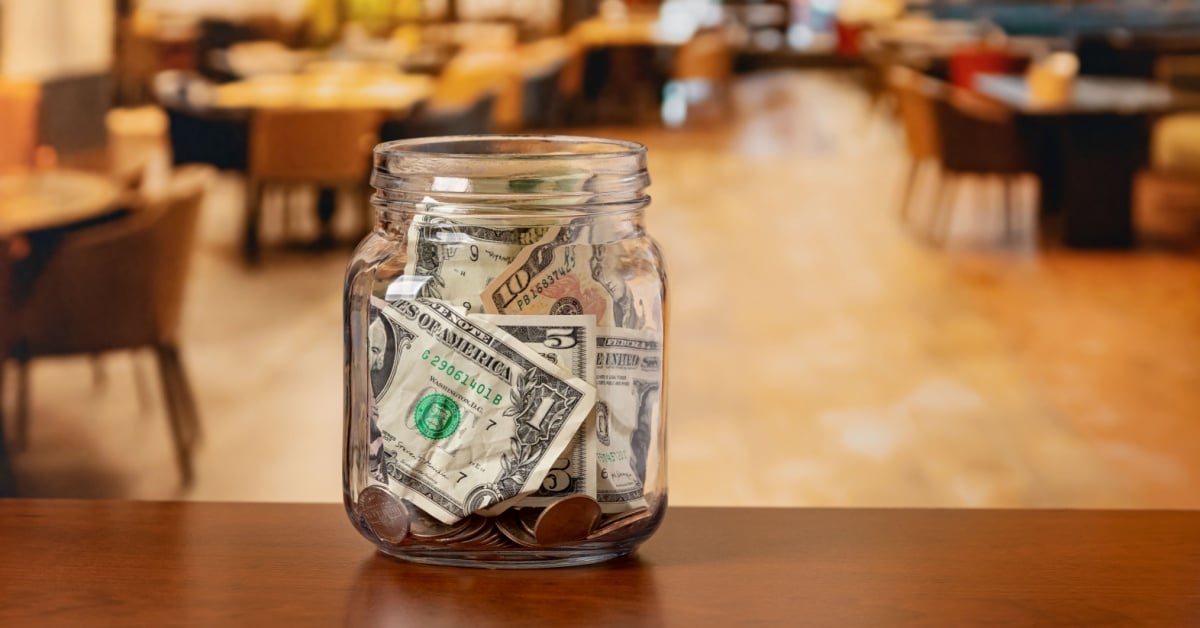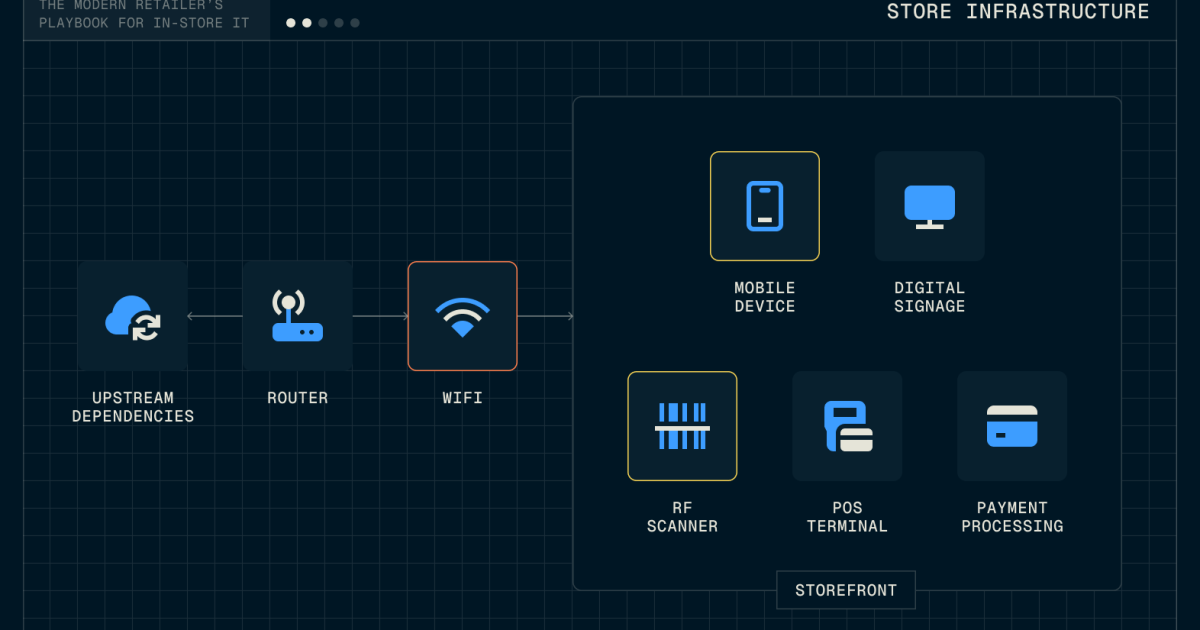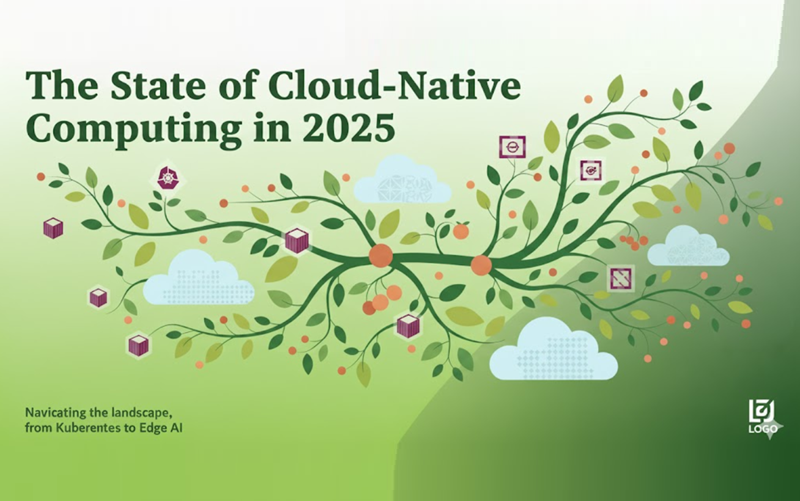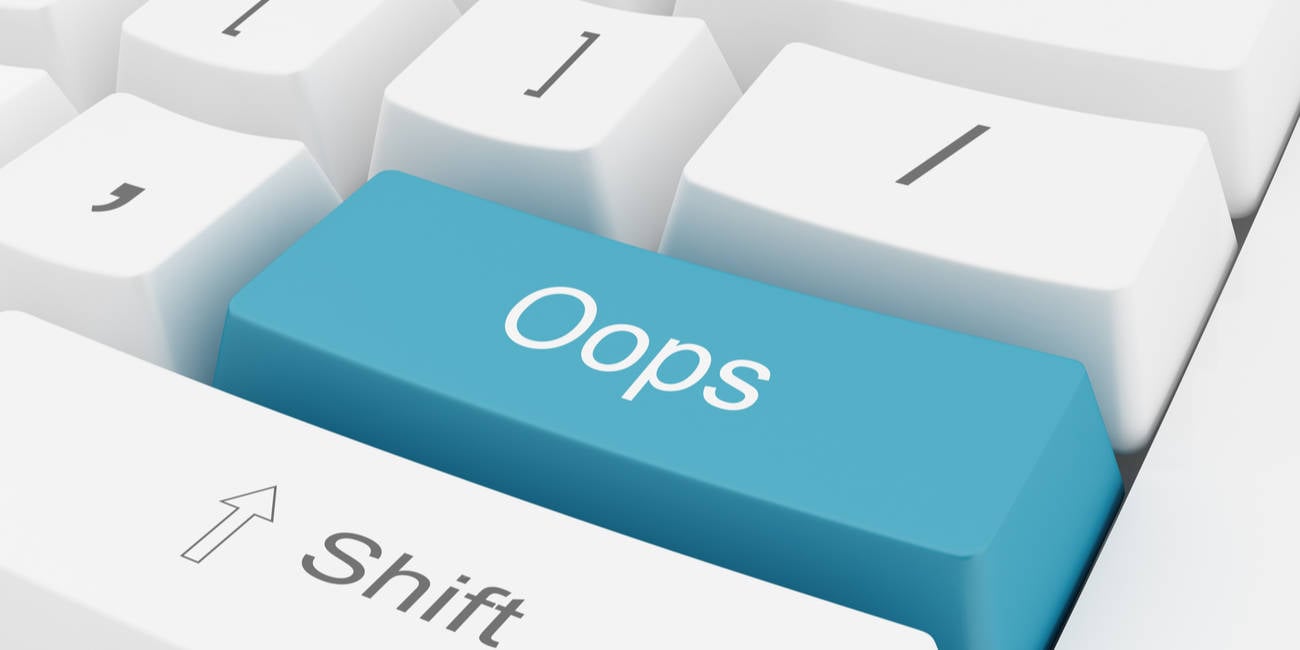DevOps
DevOps
[ follow ]
#observability #kubernetes #cicd #aws #automation #microservices #systemd #opentelemetry #docker #tls #daemonjson
fromInfoWorld
6 days ago2026: The year we stop trusting any single cloud
For more than a decade, many considered cloud outages a theoretical risk, something to address on a whiteboard and then quietly deprioritize during cost cuts. In 2025, this risk became real. A major Google Cloud outage in June caused hours-long disruptions to popular consumer and enterprise services, with ripple effects into providers that depend on Google's infrastructure. Microsoft 365 and Outlook also faced code failures and notable outages, as did collaboration platforms like Slack and Zoom. Even security platforms and enterprise backbones suffered extended downtime.
DevOps
fromMedium
2 years agoNavigating Through the Storm
When a system is overwhelmed with more requests than it can effectively process, a cascade of problems can ensue, significantly undermining its performance and reliability. One of the most immediate and noticeable consequences is the degradation of performance. In such scenarios, users may face frustratingly slow response times or complete timeouts in more severe cases. This not only hampers the user experience but can also erode trust in the system's reliability.
DevOps
fromInfoQ
1 week agoHow Authress Designed for Resilience and Survived a Major AWS Outage
Identity and authentication services company Authress shared its strategy to stay operational during major cloud infrastructure outages like the massive October 2025 AWS outage that disrupted many major services. The company's resilience architecture relies on strategies like multi-region deployment and minimizing reliance on AWS control plane services, Authress CTO Warren Parad explains. Parad says the AWS October 20 incident was the worst seen in a decade. Even so, Authress maintained its SLA reliability commitments thanks to a reliability-first design centered on a failover routing strategy.
DevOps
DevOps
fromLondon Business News | Londonlovesbusiness.com
2 weeks agoBeyond the migration: Why cloud strategy consulting is the architect of modern business growth - London Business News | Londonlovesbusiness.com
Nearly 30% of cloud spend is wasted due to poor architecture and planning; cloud strategy consulting is essential to align IT with business outcomes.
DevOps
fromInfoQ
2 weeks agoAWS Launches ECS Express Mode to Simplify Containerised Application Deployment
Amazon ECS Express Mode enables single-step deployment of production-ready containerised web applications and APIs, automating infrastructure provisioning while keeping resources in the user's AWS account.
fromInfoQ
2 weeks agoAWS Introduces Regional Availability for NAT Gateway
AWS has recently introduced regional availability for the managed NAT Gateway service. The new capability allows developers to create a single NAT Gateway that automatically spans multiple availability zones (AZs) in a VPC, providing high availability, eliminating the need to define separate gateways and public subnets in each zone. A NAT Gateway lets instances in a private subnet access the internet or other services outside a VPC using the NAT Gateway's IP address.
DevOps
fromInfoQ
2 weeks agoScaling Cloud and Distributed Applications: Lessons and Strategies From chase.com, #1 Banking Portal in the US
Typically, what happens is that we plan for maybe 2x, 3x load, but when you put things into the internet, you don't have any control. Who is coming in, when they're going to come, how is this going to be used, because that's how the internet is. Any event can potentially trigger it. It could be good for your business. It could be bad actors coming and trying to steal stuff.
DevOps
DevOps
fromTechzine Global
3 weeks agoJFrog brings order back to a software supply chain under AI pressure
AI-driven development drastically increases release velocity, overwhelming traditional CI/CD and versioning; semantic, metadata-rich release systems like Fly aim to restore manageable delivery at scale.
DevOps
fromComputerWeekly.com
3 weeks agoUnlocking intelligent automotive: why openness wins | Computer Weekly
Operators must transform 5G networks into programmable, developer-focused platforms providing predictable latency, dynamic QoS, edge computing, and network intelligence to unlock automotive value.
DevOps
fromLondon Business News | Londonlovesbusiness.com
4 weeks agoWhy digital services slow down during big events - And how modern tech is solving it
Sudden, concentrated spikes in user demand overload servers and databases, causing widespread slowdowns during major events; coordination and storage under extreme load are primary causes.
fromMedium
1 month agoFrom Many Maven Repos to One SBT Monorepo: The Dev Story
Three pipelines spun up, three sets of plugins re-resolved half the internet, and one test failed because Repo C still referenced Repo B's previous artifact. I fixed it, pushed again, and watched the other two pipelines restart for moral support. By 9:30am I had three tabs of "Create Merge Request" open, three pom.xmls fighting me, and one cold coffee. We were living in a tiny-repo cul-de-sac - each house had its own rules, its own toolchain, and its own definition of " latest Jackson.".
DevOps
fromInfoQ
4 weeks agoHL is a Fast, Rust-based JSON Log Viewer Offering Up to 2GiB/s Parsing Speed
According to benchmarks published by hl's creator, the viewer achieves throughput of up to ~2 GiB/s with automatic indexing on initial scan and up to ~10 GiB/s when reindexing growing files. This performance appears to be a significant improvement over alternatives such as hlogf, humanlog, fblog, and fblog-d, making hl a compelling tool for DevOps engineers who work with very large log files from the command line.
DevOps
fromAmazon Web Services
1 month agoAccelerate autonomous incident resolutions using the Datadog MCP server and AWS DevOps agent (in preview) | Amazon Web Services
On-call engineers spend hours manually investigating incidents across multiple observability tools, logs, and monitoring systems. This process delays incident resolution and impacts business operations, especially when teams need to correlate data across different monitoring platforms. AWS DevOps Agent (in preview) is a frontier agent that resolves and proactively prevents incidents, continuously improving reliability and performance of applications in AWS, multicloud, and hybrid environments.
DevOps
DevOps
fromInfoQ
1 month agoScaling Cloud and Distributed Applications: Lessons and Strategies
Design cloud systems to handle unpredictable, massive traffic spikes using reserved capacity, circuit breakers, automation, performance optimization, and multi-region isolation for resilience and cost-efficiency.
fromTechzine Global
1 month agoThe state of cloud in 2026
C loud computing has now entered its mature adolescence i.e. it's still surprisingly developmental, changeable and occasionally irrational in some areas, but overall it's certainly old enough to know better and should really start behaving properly. With the debate between public and private cloud now long over and the hybrid norm now (mostly) a de facto standard for typical deployments, multi-cloud itself is still an oft misunderstood state of being, with FinOps constantly berating us for waste and inefficiency.
DevOps
fromInfoQ
1 month agoDocker Releases Desktop 4.50, Adds Free Debugging Tools and AI-Native Enhancements
Docker recently announced the release of Docker Desktop 4.50, marking another update for developers seeking faster, more secure workflows and expanded AI-integration capabilities. The release introduces a free version of Docker Debug for all users, deeper IDE integration (including VSCode and Cursor), improved multi-service to Kubernetes conversion support, new enterprise-grade governance controls, and early support for Model Context Protocol (MCP) tooling.
DevOps
fromTheregister
1 month agoAtlassian's DR simulation showed it lived in dependency hell
Australian collaborationware company Atlassian has revealed it's spent four years trying to reduce dangerous internal dependencies, and while it has rebuilt its PaaS, it still has issues - but thinks they're now manageable. As explained in a Tuesday post by Senior Engineering Manager Andrew Ross, "Atlassian runs a large service-based platform with thousands of different services, most deployed by our custom orchestration system, 'Micros'."
DevOps
fromAmazon Web Services
1 month agoIntroducing AWS CloudFormation Stack Refactoring Console Experience: Reorganize Your Infrastructure Without Disruption | Amazon Web Services
AWS CloudFormation models and provisions cloud infrastructure as code, letting you manage entire lifecycle operations through declarative templates. Stack Refactoring console experience, announced today, extends the AWS CLI experience launched earlier. Now, you move resources between stacks, rename logical IDs, and decompose monolithic templates into focused components without touching the underlying infrastructure using the CloudFormation console. Your resources maintain stability and operational state throughout the reorganization.
DevOps
DevOps
fromAmazon Web Services
1 month agoTake fine-grained control of your AWS CloudFormation StackSets Deployment with StackSet Dependencies | Amazon Web Services
StackSets dependencies enable ordered, cross-account and cross-region deployment orchestration of auto-deployed CloudFormation StackSets via the AutoDeployment DependsOn parameter.
fromNew Relic
1 month agoUnleashing the Power of Monitoring: Master Your WordPress with New Relic
WordPress powers countless websites across various domains, offering incredible versatility. This Content Management System (CMS) is the undisputed leader in the CMS market, powering an impressive 43.6% of all websites globally, according to these statistics. With over 810 million websites built on the platform and hundreds more launching daily (500+), its adoption continues to surge. This widespread use gives WordPress a massive 62% CMS market share, significantly outpacing its rivals.
DevOps
fromAmazon Web Services
1 month agoServerless strategies for streaming LLM responses | Amazon Web Services
Modern generative AI applications often need to stream large language model (LLM) outputs to users in real-time. Instead of waiting for a complete response, streaming delivers partial results as they become available, which significantly improves the user experience for chat interfaces and long-running AI tasks. This post compares three serverless approaches to handle Amazon Bedrock LLM streaming on Amazon Web Services (AWS), which helps you choose the best fit for your application.
DevOps
fromTheregister
1 month agoSystemd 259 release candidate flexes musl support
Note that systemd compiled with musl has various limitations: since NSS or equivalent functionality is not available, nss-systemd, nss-resolve, DynamicUser=, systemd-homed, systemd-userdbd, the foreign UID ID, unprivileged systemd-nspawn, systemd-nsresourced, and so on will not work. [...] Caveat emptor. What this means is that it's now possible to compile and run systemd on Linux distributions that are not based on the GNU version of the C standard library, glibc.
DevOps
fromInfoQ
1 month agoAWS Disruption Exposes Fragility in Critical Cloud Infrastructure
On October 20, 2025, Amazon Web Services (AWS) experienced a major outage that disrupted global internet services, affecting millions of users and thousands of companies across more than 60 countries. The incident originated in the US-EAST-1 region and was traced to a DNS resolution failure affecting the DynamoDB endpoint, which cascaded into outages across multiple dependent services. According to AWS's official incident report, the fault began when a DNS subsystem failed to update domain resolution records within the affected region correctly.
DevOps
fromAzure DevOps Blog
1 month agoAzure DevOps and GitHub Repositories - Next Steps in the Path to Agentic AI - Azure DevOps Blog
With all these rapidly advancing new capabilities, now is the ideal moment to move your repositories to GitHub so your teams can fully harness Copilot's agentic power while still benefiting from your existing investments in Azure Boards and Pipelines. The two platforms continue to work better together, and choosing GitHub as the home for your code unlocks the richest end-to-end agentic experience.
DevOps
DevOps
fromSmashing Magazine
1 month agoFrom Chaos To Clarity: Simplifying Server Management With AI And Automation - Smashing Magazine
AI-ready infrastructure and automation transform reactive server management into proactive operations that preserve performance, reduce firefighting, and improve user retention.
fromInfoQ
1 month agoAWS Introduces Remote Build Cache in ECR to Accelerate Docker Image Builds
Amazon Web Services has announced enhancements to its CodeBuild service, allowing teams to use Amazon ECR as a remote Docker layer cache, significantly reducing image build times in CI/CD pipelines. By leveraging ECR repositories to persist and reuse build layers across runs, organisations can skip rebuilding unchanged parts of containers and accelerate delivery. The blog outlines how Docker BuildKit support enables commands such as --cache-from and --cache-to pointing to ECR-based cache images,
DevOps
DevOps
fromInfoQ
1 month agoGoogle Cloud Introduces Chaos Engineering Framework and Recipes for Distributed Systems
Intentional chaos engineering in production, using steady-state hypotheses, realistic fault injection, automation, and blast-radius controls, is necessary to build resilient cloud applications.
[ Load more ]
























